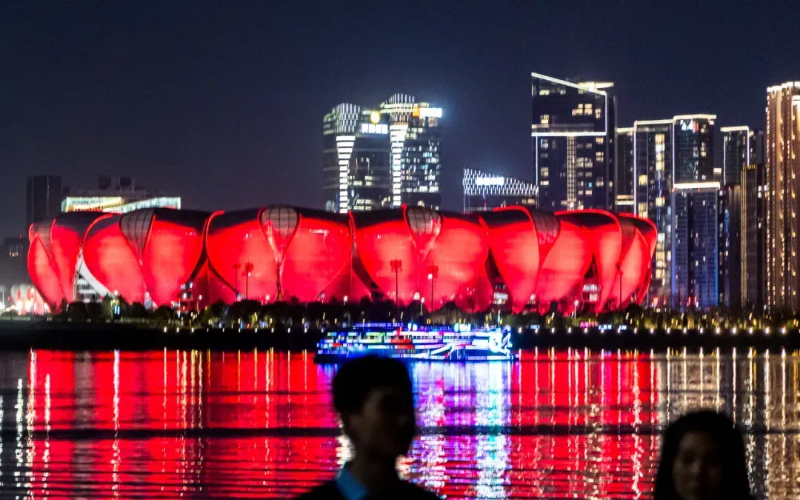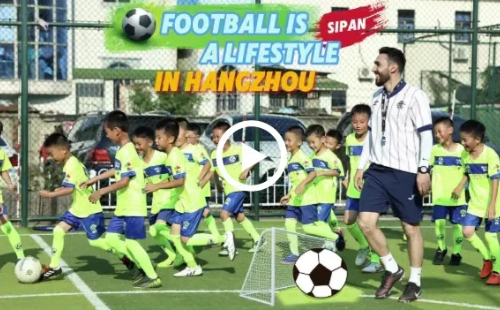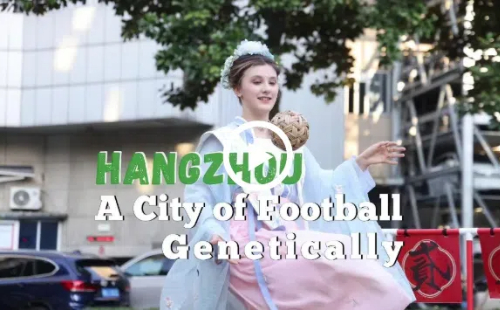Folk Music
Luo Di Chang Shu
Luo Di Chang Shu, also known as "Shengxian Wen Shu", was very popular around Shengxian. It came into being in mid nineteenth century and was performed with only one actor at first, later in pairs and multi-actor performance after 1889. It was greatly enriched with the adoption of such stage properties as a table, two chairs, Xing-Mu (striking wooden block), folding fans and some San-Tiao-Ban to make time. In its beginning, it often staged short programs called "Cai Tou Hua (auspicious words)", such as Ten Strange Things and Child Bride Going Home. Later on, the number of medium-length or longer stories emerged.
Huzhou Qin Shu
Huzhou Qin Shu was a kind of singing-and-talking art form popular around Huzhou. It got its name because Er-Hu (urheen) was used as the main accompanying instrument. It derived from "Xuan Juan" and "Tan Huang". Judging from the generation tree of masters and disciples, there had already been performances of Huzhou Qin Shu in later 19th century. Performers usually sat while singing and the number of performers ranged from one to three.
Pinghu Bo Zi Shu
Pinghu Bo Zi Shu was a kind of singing-and-talking folk art popular around Pinghu. Its initial name was "Shuo Yin Guo" as it always took comeuppances as its theme subject and told people to be kind and honest. After liberation, it was renamed "Nong Min Shu (peasants’ tales)" because the audience were mainly peasants in the rural areas. It got the present name due to the main instrument it used - a cymbal. It usually needed one performer or two at the most. Singing and talking were both involved, and the lyrics were basically seven-character sentences. The performer would beat the cymbal with a bamboo chopstick to make time for the singing-and-talking and to be the short interlude between verses. With five modes of the ancient Chinese music, the tunes were pure and simple. The colloquial chant got some prolonged sounds at the end of each sentence. The program was composed of the introductory part and the main story.
Wen Zhou Gu Ci
Wen Zhou Gu Ci was a kind of singing-and-talking art form popular around Wenzhou. In the ancient times, it was the art of the blind people; hence the initial names were "Gu Ci" and "Mang Ci". It was said to be handed down from the street songs of Hengyang in Ming Dynasty. But according to musical theories, its "fundamental tune" derived from the combination of scholar's chanting and the local folk songs. It prevailed in 19th century. At that time, Mang Ci could be heard every summer night and the drum beats lasted until dawn.





 play
play